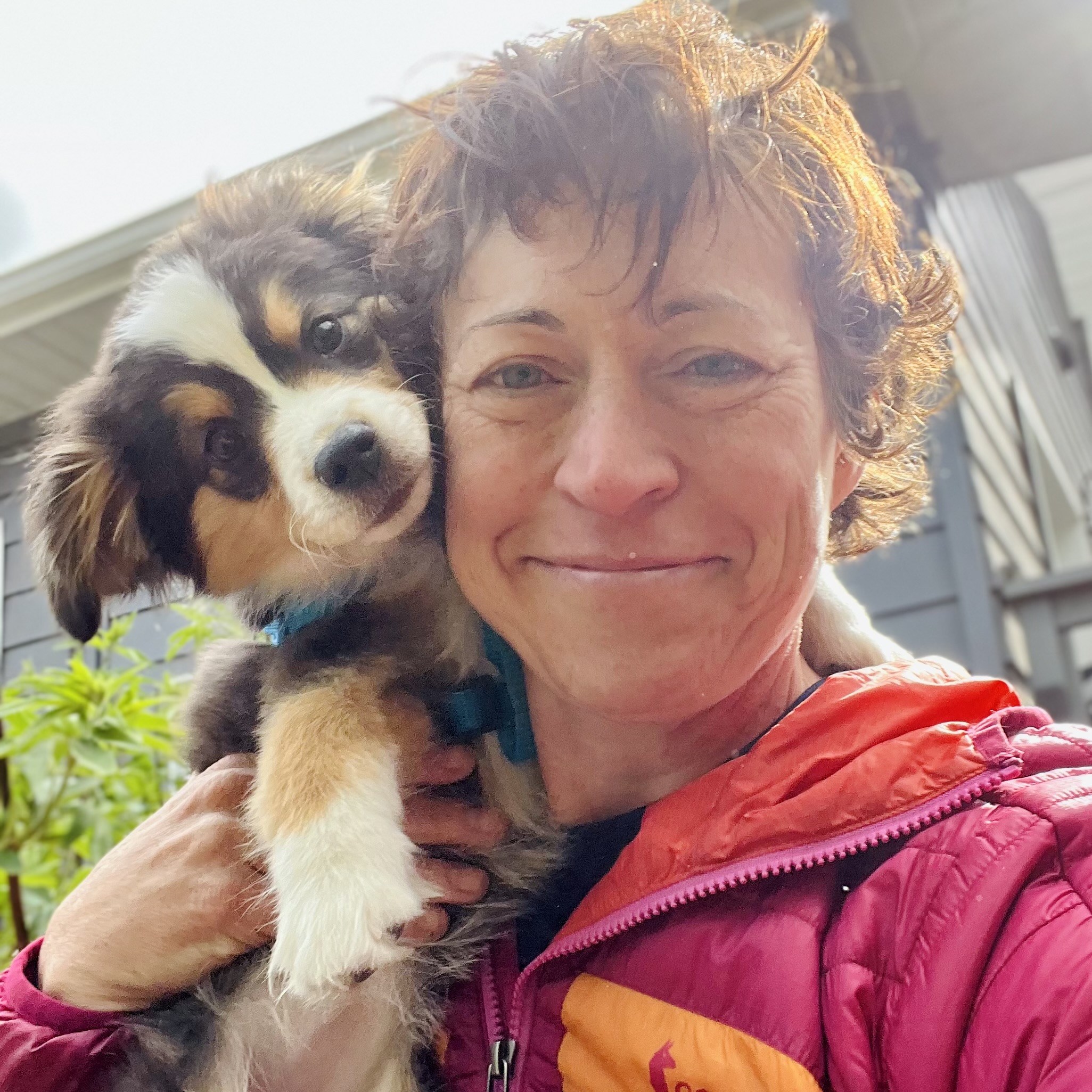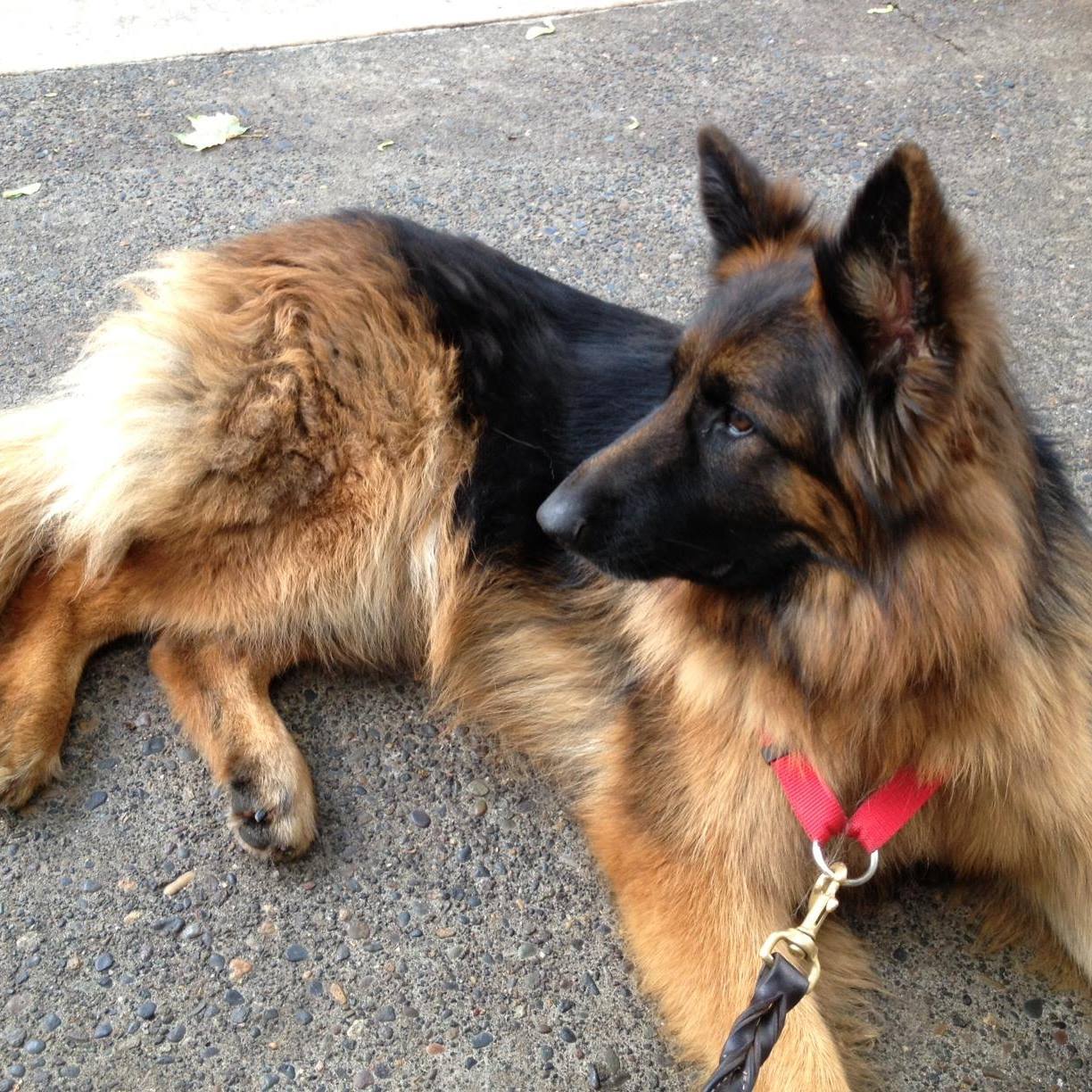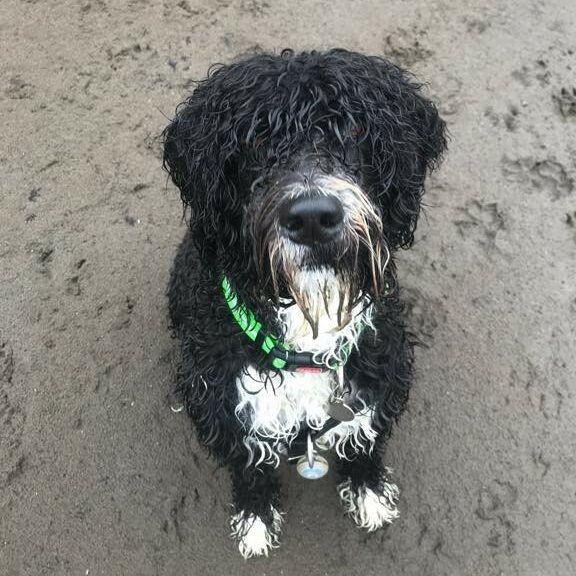How Dogs Make Choices:
The Four Quadrants of Operant Conditioning
by Kerry Ryan, Certified Professional Dog Trainer and Family Dog Mediator
If you sought out Dog Adventures Northwest in the first place, you are likely already on board with using reinforcement instead of punishment to train your dog. Even so, it’s important for you to understand a bit more about why reinforcing desirable behaviors and managing undesirable behaviors is far more effective than training that uses “balanced training” or “dominance theory.”
First, a quick primer…
Positive: adding something (positive does not mean “good”)
Negative: taking something away (negative does not mean “bad”)
Reinforcer: something that increases behavior
Punisher: something that decreases behavior
Aversive: something that causes pain or discomfort to an animal, irrespective of how effective it is in decreasing behavior
Positive Reinforcement
Something is added to increase the likelihood of a behavior.
Example: Giving your dog a treat when they lie down.
Negative Punishment
Something is removed to decrease the likelihood of a behavior.
Example: Turning away from a dog when they jump up to lick your face.
Positive Punishment
Something is added to decrease the likelihood of a behavior.
Example: Popping the leash which tightens a prong collar if a dog pulls on leash.
Negative Reinforcement
Something is removed to increase the likelihood of a behavior.
Example: The loosening of a choke chain after a dog stops pulling against their trainer.
Dog Adventures Northwest uses Positive Reinforcement and Negative Punishment to train dogs. These techniques create reliable long-term behavior and also strengthen the bond between dog and handler.
Dog Adventures northwest does not use Positive Punishment or Negative Reinforcement. With these techniques, the handler uses an "aversive,” or something that is scary, painful, or uncomfortable for the dog. These methods can be effective in decreasing behavior if the handler exhibits impeccable timing, 100% consistency, and absolutely zero emotion. However, as it turns out, homo sapiens have poor timing, are very inconsistent, and have an abundance of emotion-driven behavior, so using these techniques usually only serves to cause pain or discomfort to a dog. Sure, aversives may temporarily change your dog's behavior behavior because the dog is scared, shut down, or just trying to avoid pain, but in the long-run, these techniques almost always backfire, causing unintended and undesirable consequences, such as fear-based reactivity, the elimination of an animal’s warning signals, and irreparable relationship damage for a dog and their person.
So why is Positive Punishment and Negative Reinforcement so popular in the dog training world? Here are a few contributing factors:
- Many television personalities attempt to use Positive Punishment and Negative Reinforcement, which has done a grave disservice to dogs. These shows rely on the charisma of the personality and super-slick editing to create the impression that the handler is using proper learning theory and not simply aversive techniques.
- Most dog owners really are just trying to do right by their dog, and are often swept up in the “balance” and “dominance” rhetoric because they believe they are heeding the advice of a knowledgeable trainer. But the sad truth is that anyone can call themselves a dog trainer. There is no mandated certification a person needs to start accepting people’s money in exchange for “training” their dog.
- There is rampant misinformation in the dog training world. As with a lot of hot-button topics, scientific-awareness of an issue is usually a few decades behind popular opinion. Even though alpha-dog theory has been thoroughly debunked by the scientific community, for example, it is still highly prevalent in the dog training industry.
- Humans love to feel in charge. Being the “alpha” is a very appealing idea to humans. It’s in our nature to be reinforced by power and control.
- Humans love a quick-fix. Humans also love instant gratification. And using aversives often suppresses a behavior quickly, which is very reinforcing to the human animal. This quick suppression encourages us to continue the use of aversives, even when our techniques begin to backfire.
Dog Adventures Northwest trainers are all certified through the Certification Council for Professional Dog Trainers, an organization that ensures the education and excellence of its certificants. To become a Certified Professional Dog Trainer, trainers must engage in intense scientific study on animal ethology, learning, and husbandry, with hundreds of hands-on hours catalogued in science-based training before sitting for a three-hour nationally adjudicated exam. They also must sign a Standards of Practice and Code of Ethics Policy, ensuring that dogs in their care receive the kind of training they deserve. CPDTs must also complete continuing education and apply for recertification every three years. It is our hope that our background and experience will aid in the amplification of rewards-based training, and slowly cause aversive methods to fade into obscurity.
In our training together, we will always be looking for ways we can manage undesirable behaviors and reinforce desirable behaviors. It is our goal that the lessons we teach you and your dog are based in the science of behavior, which will result in a dog who loves training, and clients who have fun teaching their dog how to successfully exist in our human world.





